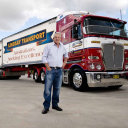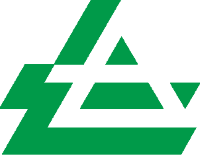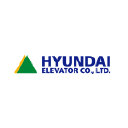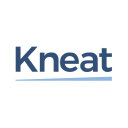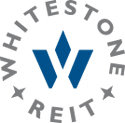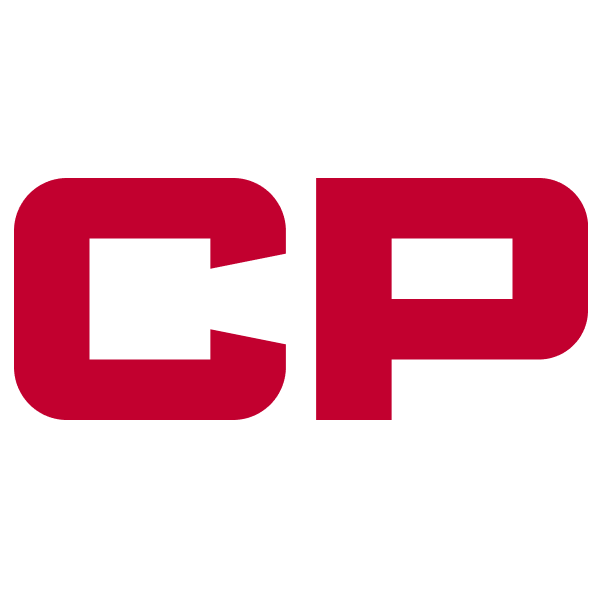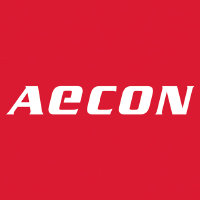
Aecon Group Inc
TSX:ARE
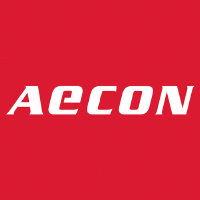

| US |

|
Johnson & Johnson
NYSE:JNJ
|
Pharmaceuticals
|
| US |

|
Berkshire Hathaway Inc
NYSE:BRK.A
|
Financial Services
|
| US |

|
Bank of America Corp
NYSE:BAC
|
Banking
|
| US |

|
Mastercard Inc
NYSE:MA
|
Technology
|
| US |

|
UnitedHealth Group Inc
NYSE:UNH
|
Health Care
|
| US |

|
Exxon Mobil Corp
NYSE:XOM
|
Energy
|
| US |

|
Pfizer Inc
NYSE:PFE
|
Pharmaceuticals
|
| US |

|
Palantir Technologies Inc
NYSE:PLTR
|
Technology
|
| US |

|
Nike Inc
NYSE:NKE
|
Textiles, Apparel & Luxury Goods
|
| US |

|
Visa Inc
NYSE:V
|
Technology
|
| CN |

|
Alibaba Group Holding Ltd
NYSE:BABA
|
Retail
|
| US |

|
JPMorgan Chase & Co
NYSE:JPM
|
Banking
|
| US |

|
Coca-Cola Co
NYSE:KO
|
Beverages
|
| US |

|
Walmart Inc
NYSE:WMT
|
Retail
|
| US |

|
Verizon Communications Inc
NYSE:VZ
|
Telecommunication
|
| US |

|
Chevron Corp
NYSE:CVX
|
Energy
|
Utilize notes to systematically review your investment decisions. By reflecting on past outcomes, you can discern effective strategies and identify those that underperformed. This continuous feedback loop enables you to adapt and refine your approach, optimizing for future success.
Each note serves as a learning point, offering insights into your decision-making processes. Over time, you'll accumulate a personalized database of knowledge, enhancing your ability to make informed decisions quickly and effectively.
With a comprehensive record of your investment history at your fingertips, you can compare current opportunities against past experiences. This not only bolsters your confidence but also ensures that each decision is grounded in a well-documented rationale.
Do you really want to delete this note?
This action cannot be undone.

| 52 Week Range |
15.4
32.18
|
| Price Target |
|
We'll email you a reminder when the closing price reaches CAD.
Choose the stock you wish to monitor with a price alert.

|
Johnson & Johnson
NYSE:JNJ
|
US |

|
Berkshire Hathaway Inc
NYSE:BRK.A
|
US |

|
Bank of America Corp
NYSE:BAC
|
US |

|
Mastercard Inc
NYSE:MA
|
US |

|
UnitedHealth Group Inc
NYSE:UNH
|
US |

|
Exxon Mobil Corp
NYSE:XOM
|
US |

|
Pfizer Inc
NYSE:PFE
|
US |

|
Palantir Technologies Inc
NYSE:PLTR
|
US |

|
Nike Inc
NYSE:NKE
|
US |

|
Visa Inc
NYSE:V
|
US |

|
Alibaba Group Holding Ltd
NYSE:BABA
|
CN |

|
JPMorgan Chase & Co
NYSE:JPM
|
US |

|
Coca-Cola Co
NYSE:KO
|
US |

|
Walmart Inc
NYSE:WMT
|
US |

|
Verizon Communications Inc
NYSE:VZ
|
US |

|
Chevron Corp
NYSE:CVX
|
US |
This alert will be permanently deleted.
Aecon Group Inc
Aecon Group Inc., a stalwart in the Canadian construction landscape, traces its roots back to the early 20th century. The company has grown steadily to become one of Canada's largest and most experienced construction and infrastructure development firms. Aecon operates across various sectors, including civil, urban transportation, nuclear, and utilities construction. The synergy of its diverse operations allows Aecon to tackle projects ranging from complex urban infrastructure developments and transportation networks to energy and mining facilities. This breadth of skills and the integration of cutting-edge technology enable Aecon to execute large-scale projects with precision and efficiency, driving revenue through a mix of government contracts and private sector engagements.
Underneath its hard hats and steel-toed boots, Aecon employs a business model built on robust project development and management expertise. The company's financial health is often bolstered by its strategic partnerships, joint ventures, and public-private partnerships (P3s), which are essential in securing major projects and sharing risks. Aecon makes money largely through contracted work, where the execution of long-term infrastructure builds and recurring maintenance services creates consistent cash flows. Additionally, its investment in concessions and development projects offers an avenue for future growth and profitability. By leveraging its extensive experience and innovative approaches, Aecon efficiently aligns with Canada's infrastructure needs, reinforcing its market position and sustaining its financial momentum.

Aecon Group Inc., a stalwart in the Canadian construction landscape, traces its roots back to the early 20th century. The company has grown steadily to become one of Canada's largest and most experienced construction and infrastructure development firms. Aecon operates across various sectors, including civil, urban transportation, nuclear, and utilities construction. The synergy of its diverse operations allows Aecon to tackle projects ranging from complex urban infrastructure developments and transportation networks to energy and mining facilities. This breadth of skills and the integration of cutting-edge technology enable Aecon to execute large-scale projects with precision and efficiency, driving revenue through a mix of government contracts and private sector engagements.
Underneath its hard hats and steel-toed boots, Aecon employs a business model built on robust project development and management expertise. The company's financial health is often bolstered by its strategic partnerships, joint ventures, and public-private partnerships (P3s), which are essential in securing major projects and sharing risks. Aecon makes money largely through contracted work, where the execution of long-term infrastructure builds and recurring maintenance services creates consistent cash flows. Additionally, its investment in concessions and development projects offers an avenue for future growth and profitability. By leveraging its extensive experience and innovative approaches, Aecon efficiently aligns with Canada's infrastructure needs, reinforcing its market position and sustaining its financial momentum.
Record Revenue: Aecon set a new company record with quarterly revenue of $1.5 billion, up 20% from last year, driven by strong growth across all segments, especially nuclear, industrial, and urban transportation.
Backlog Milestone: Backlog reached a record $10.8 billion, with new contract awards of $1.6 billion in the quarter, supporting a positive outlook for continued growth.
Profitability Impacted: Adjusted EBITDA fell to $93 million from $127 million last year, mainly due to $21 million in losses on legacy fixed price projects.
Shift to Lower-Risk Contracts: The business mix has shifted to 66% non-fixed price revenue and 75% non-fixed price backlog, reducing risk and increasing margin predictability.
Nuclear Business Strength: Aecon’s nuclear sector is growing in both Canada and the US, including participation in major SMR projects and strong market positioning.
Margin Outlook: Management aims to stabilize and improve margins in 2026 after near-term headwinds from legacy and Western Civil projects.
Strategic US Acquisitions: Recent purchases of Bodell Construction and Trinity Industrial Services expand Aecon’s US presence in high-growth industrial sectors.
Legacy Projects Winding Down: Only three legacy projects remain, representing less than 1% of backlog, with completion expected by early 2026.

